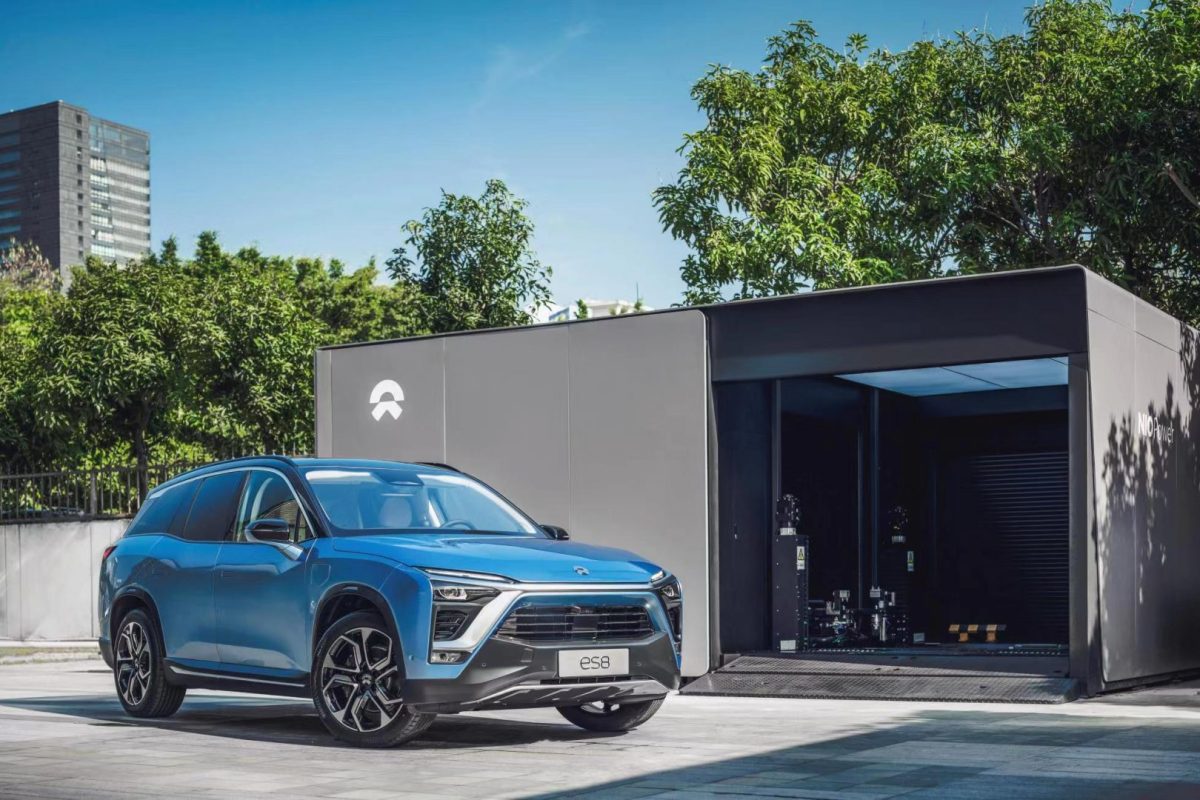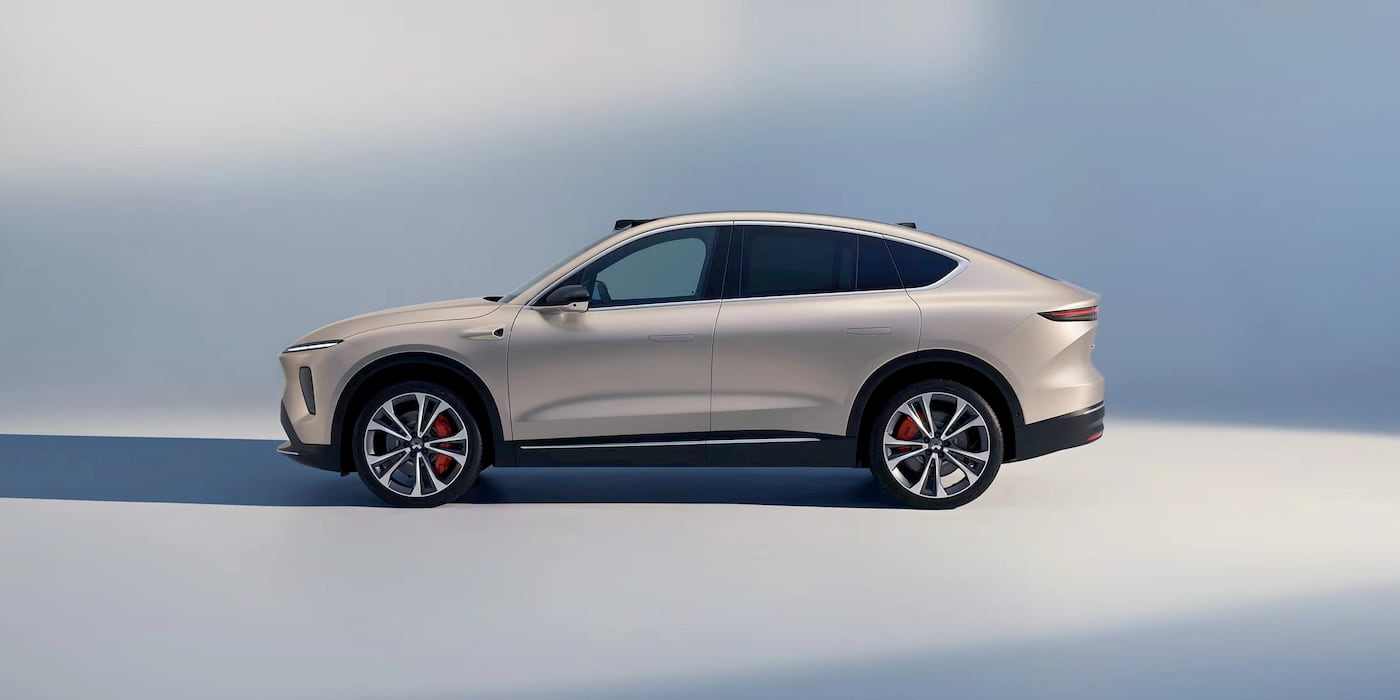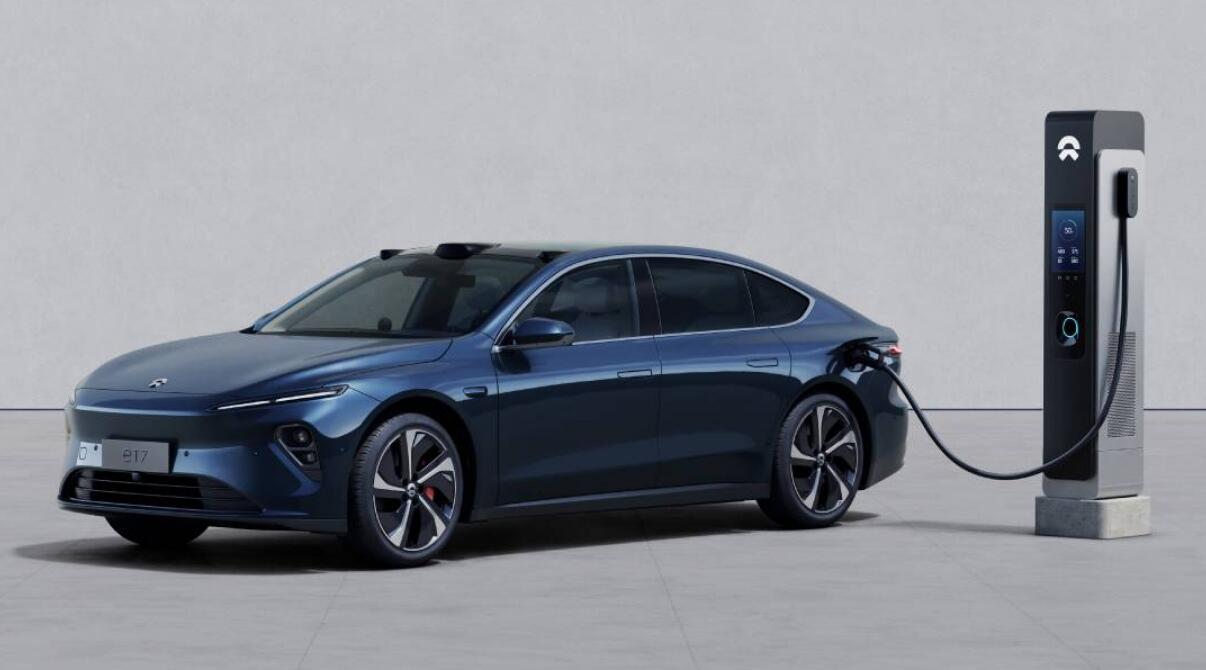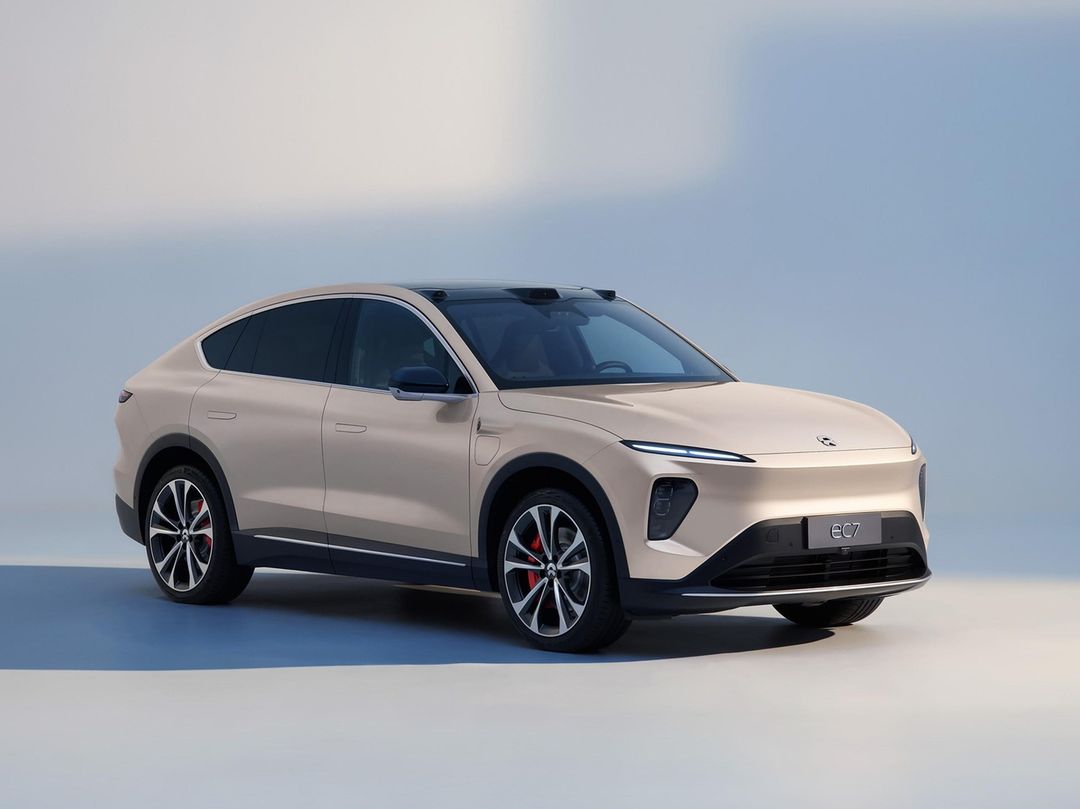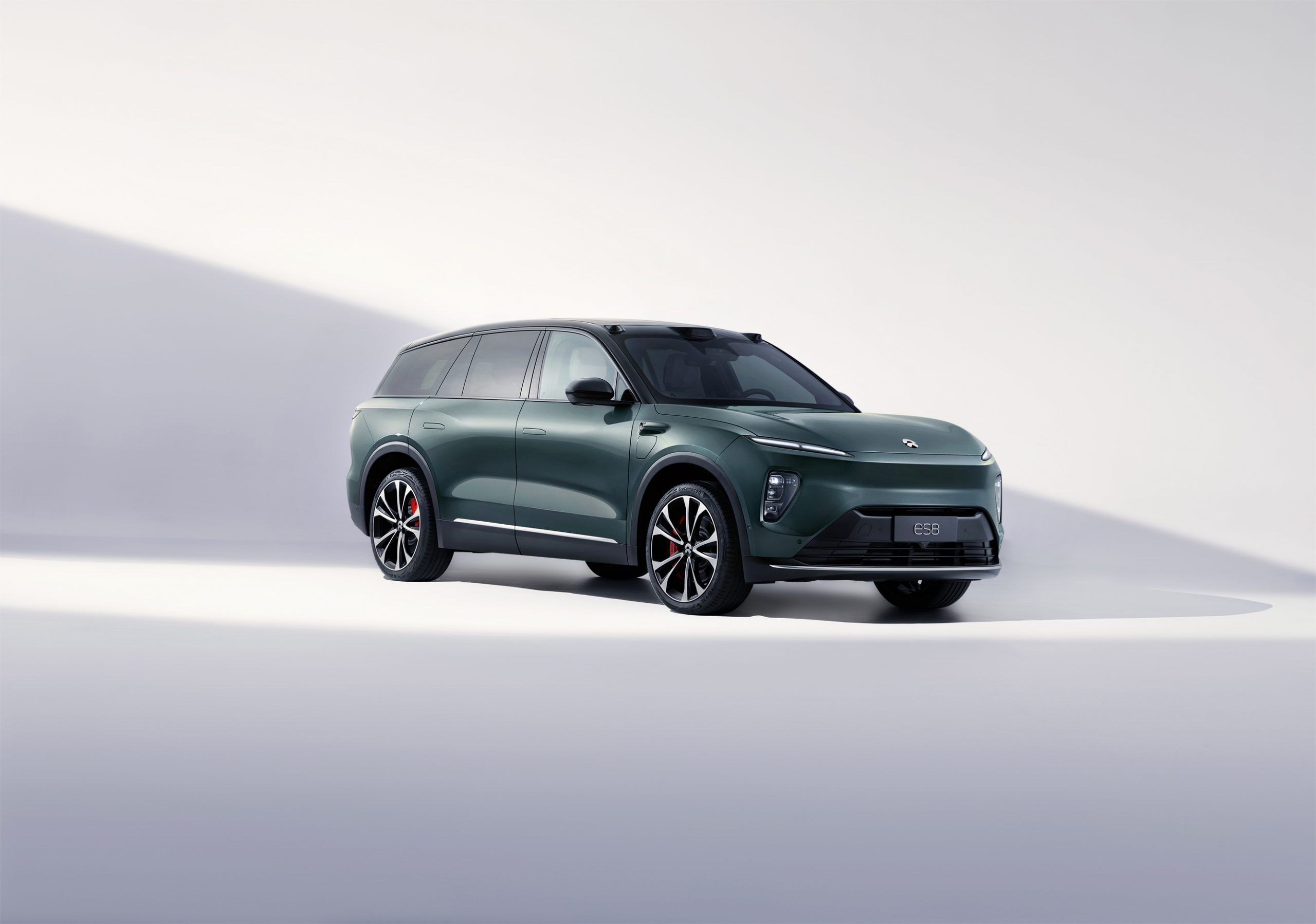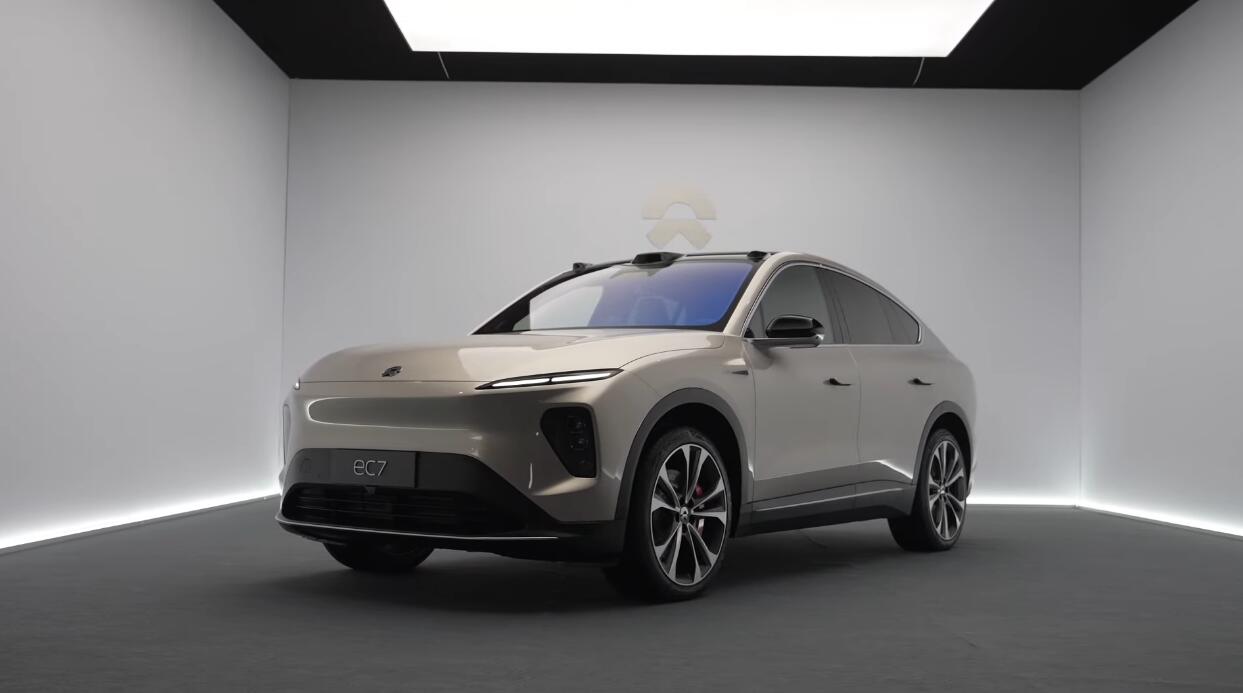On December 12, Nio held its annual media event. At the event, the company confirmed that the ES8, ES6 and EC6 models will be upgraded to the new NT 2.0 EV platform in the first half of next year.
Meanwhile the updated 2023 ES8 flagship will launch on Nio Day on December 24 in Hefei, China.
The other NIO electric vehicles – the ET7, ES7 (sold in Europe as the EL7) and ET5 – are already built on the NT 2.0 platform and are already available for the European market. In Europe, NIO comes with direct bids and buys.
For Europe, the company aims to build 20 battery swap stations before the end of this year and 120 across Europe by the end of 2023. NIO has not published its European shipments so far.
Nio is reportedly interested in entering the US, which is one of the largest electric vehicle markets and Mr. Lihong reassures it, “we will not enter North America in the next year, but we have been preparing.”
According to CAAM data, Nio’s share in the premium EV market over 400,000 yuan reached 77.6% in November. The starting price for Nio’s cheapest model, the ET5, is 328,000 yuan ($47,000). Its cars averaged $66,800 and surpassed Mercedes, BMW, and Audi. The company sees that there is still growth potential for the premium segment, although it admits that the growth will be much smaller.
NIO itself will launch a new brand aimed at the mainstream market targeting higher sales volumes. The Alps brand is reportedly offering cars starting at $43,000. The company recently celebrated the production of its 300,000 electric vehicle and plans to deliver it to customers on January 1.
The main thing that might need to be highlighted at the Media Day event is the company’s announcement of battery swap technology.
NIO believes battery swap technology is the best way to increase adoption of electric vehicles and wants other automakers to use the technology. Mr Lihong emphasized that Nio’s battery swapping technology is open to other automakers as well as other companies.
Regarding battery swap, of which Nio is the most prominent promoter, Lihong says: “What we need to do is to make the battery swap as common as possible across brands. Our technology is open to all automakers and other companies.”

